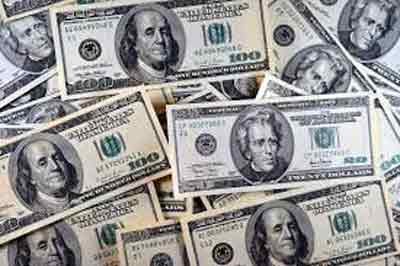Yuva Raj Khatiwada, the newly appointed governor, told the Financial Times in a news published on Monday that Nepal needed to reconsider its long-standing currency peg "in the medium term" because the disparities between the fast-growing Indian economy and that of its landlocked Himalayan neighbor were posing difficulties for monetary policy and Nepal´s competitiveness.[break]
"We have been overly stressed to maintain the peg," Khatiwada told the newspaper. "The Indian economy is growing by 8 per cent and we are growing at 4 per cent . . . The Indian currency is strengthening because of economic strength and capital flows. Our currency is strengthening just because we have a peg to Indian currency."
Nepal has maintained a currency peg of 1.6 Nepalese rupees to one Indian rupee for decades. Although policy liberalization with India is aligned, Nepal is at a structural disadvantage in terms of technology, transport links, trades union militancy and power shortages, the news added.
Khatiwada was quoted as saying that to be competitive with India, Nepal needed "better governance, easy capital, access to decision-makers and less labor tension. We don´t have that now".
The governor further said the country had no option in the short term but to maintain its currency peg in the interests of price stability. Since the Nepalese currency has full convertibility with the Indian rupee, he feared rampant speculation if the Nepal currency was allowed to float.
The currency peg could only be altered, he said, when Nepal had political stability, greater confidence in its economy and currency, lower inflation and higher reserves.
At least 60 percent of Nepal´s trade is with India, which is also a big source of worker remittances for Nepal.
Rupee strengthens, gold price up


































